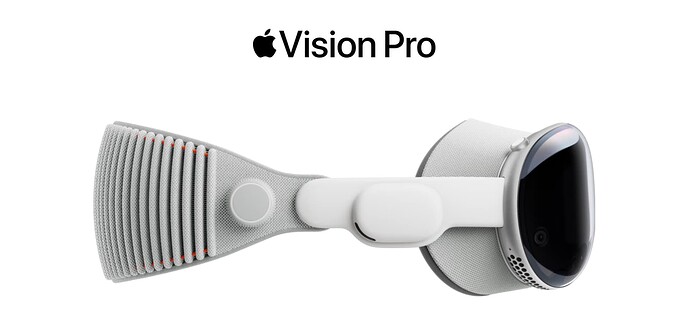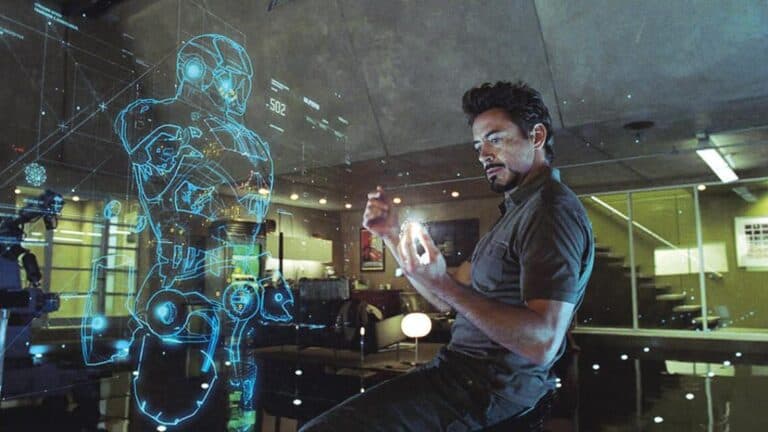As technology continues to evolve, the concept of spatial computing is becoming increasingly prominent. At the forefront of this revolution is Apple with its groundbreaking product, the Apple Vision Pro. This innovative headset is not just a new gadget; it represents a significant leap into the future of how we interact with digital content. In this blog, we’ll explore what spatial computing means, the features of the Vision Pro, and its potential impact on various industries.
Understanding Spatial Computing
Spatial computing blends the physical and digital worlds, allowing users to interact with digital content in a three-dimensional space. Unlike traditional computing, which relies on screens and keyboards, spatial computing immerses users in an environment where they can manipulate digital objects as if they were physical entities. This technology encompasses augmented reality (AR), virtual reality (VR), and mixed reality (MR), creating experiences that are more intuitive and engaging.
Key Features of Apple Vision Pro
1. Micro-OLED Displays
The Vision Pro is equipped with high-resolution micro-OLED displays that deliver stunning visuals. Each eye benefits from over 23 million pixels, providing an incredibly immersive experience. This clarity allows users to see fine details in both augmented and virtual environments.
2. Spatial Audio
Apple has integrated advanced spatial audio technology into the Vision Pro. This feature creates a three-dimensional sound experience that enhances immersion. Users can hear sounds coming from specific directions, making interactions feel more natural and engaging.
3. Gesture Recognition
Gone are the days of cumbersome controllers; the Vision Pro utilizes sophisticated gesture recognition technology. Users can navigate menus, select items, and interact with digital content using simple hand movements, making the experience seamless and intuitive.
4. Eye Tracking
The headset features advanced eye-tracking capabilities that allow it to respond to where users are looking. This technology enhances interactivity by enabling users to select objects simply by gazing at them, further blurring the lines between physical and digital interactions.
The Impact of Apple Vision Pro on Various Industries
1. Education
Imagine students exploring ancient civilizations or conducting virtual science experiments right in their classrooms. The Vision Pro can transform educational experiences by providing immersive learning environments that engage students in ways traditional methods cannot.
2. Healthcare
In healthcare, the potential applications are vast. Surgeons could use augmented reality overlays during operations for enhanced precision, while medical students could practice procedures in a risk-free virtual environment.
3. Gaming and Entertainment
The gaming industry stands to benefit immensely from spatial computing. Developers can create games that immerse players in entirely new worlds, allowing for unique gameplay experiences that leverage the capabilities of the Vision Pro.
Remember that Ready Payer One movie yup! that’s happening!
4. Real Estate
Real estate agents could offer virtual tours of properties through the Vision Pro, allowing potential buyers to explore homes from anywhere in the world. This capability could revolutionize how properties are marketed and sold.
5. Design
The Apple Vision Pro is poised to revolutionize the design landscape by serving as a transformative spatial computer that seamlessly merges digital and physical environments. It will redefine how product designers and engineers create and interact with 3D models. With its immersive capabilities, the Vision Pro allows users to visualize designs in real space, significantly enhancing collaboration through integration with industry-leading software from companies like Pixar and Adobe. This shift towards spatial design encourages professionals to adopt new methodologies that promise improved efficiency and sustainability in their workflows, marking a significant evolution in the way design is approached in various fields.
Yup! that’s Tony Stark doing his spatial computing thing in MCU
Conclusion
Apple’s Vision Pro is not just a new device; it is a gateway into the future of spatial computing. With its cutting-edge features like micro-OLED displays, spatial audio, gesture recognition, and eye tracking, it promises to transform how we interact with digital content across various industries. As we move forward into this new era, it will be fascinating to see how developers and businesses harness this technology to create innovative solutions that enhance our everyday lives.
The future is here with Apple Vision Pro—are you ready to embrace it?

